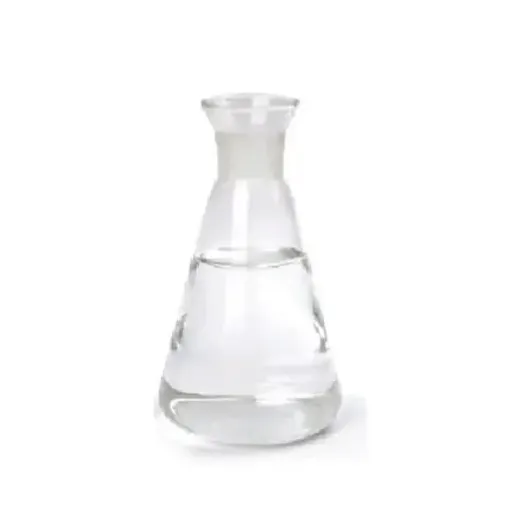Warning: Undefined array key "title" in /home/www/wwwroot/HTML/www.exportstart.com/wp-content/themes/1198/header.php on line 6
Warning: Undefined array key "file" in /home/www/wwwroot/HTML/www.exportstart.com/wp-content/themes/1198/header.php on line 7
Warning: Undefined array key "title" in /home/www/wwwroot/HTML/www.exportstart.com/wp-content/themes/1198/header.php on line 7
Warning: Undefined array key "title" in /home/www/wwwroot/HTML/www.exportstart.com/wp-content/themes/1198/header.php on line 7
- Afrikaans
- Albanian
- Amharic
- Arabic
- Armenian
- Azerbaijani
- Basque
- Belarusian
- Bengali
- Bosnian
- Bulgarian
- Catalan
- Cebuano
- China
- China (Taiwan)
- Corsican
- Croatian
- Czech
- Danish
- Dutch
- English
- Esperanto
- Estonian
- Finnish
- French
- Frisian
- Galician
- Georgian
- German
- Greek
- Gujarati
- Haitian Creole
- hausa
- hawaiian
- Hebrew
- Hindi
- Miao
- Hungarian
- Icelandic
- igbo
- Indonesian
- irish
- Italian
- Japanese
- Javanese
- Kannada
- kazakh
- Khmer
- Rwandese
- Korean
- Kurdish
- Kyrgyz
- Lao
- Latin
- Latvian
- Lithuanian
- Luxembourgish
- Macedonian
- Malgashi
- Malay
- Malayalam
- Maltese
- Maori
- Marathi
- Mongolian
- Myanmar
- Nepali
- Norwegian
- Norwegian
- Occitan
- Pashto
- Persian
- Polish
- Portuguese
- Punjabi
- Romanian
- Russian
- Samoan
- Scottish Gaelic
- Serbian
- Sesotho
- Shona
- Sindhi
- Sinhala
- Slovak
- Slovenian
- Somali
- Spanish
- Sundanese
- Swahili
- Swedish
- Tagalog
- Tajik
- Tamil
- Tatar
- Telugu
- Thai
- Turkish
- Turkmen
- Ukrainian
- Urdu
- Uighur
- Uzbek
- Vietnamese
- Welsh
- Bantu
- Yiddish
- Yoruba
- Zulu
Nov . 10, 2024 07:35 Back to list
Exploring the Properties and Applications of Xanthan Gum in Various Industries
The Wonders of Xanthan Gum A Versatile Food Ingredient
Xanthan gum, a popular food additive, has gained significant attention in the culinary world and beyond due to its unique properties and versatility. Derived from the fermentation of corn sugar by the bacterium Xanthomonas campestris, xanthan gum is a polysaccharide that serves as a thickening, stabilizing, and emulsifying agent. Its unique characteristics make it a favored choice in many industries, especially in food production.
The Science Behind Xanthan Gum
Xanthan gum is produced through a natural fermentation process that results in a gelatinous substance. After fermentation, the xanthan is purified, dried, and ground into a fine powder, which can then be easily incorporated into various products. The key to xanthan gum's effectiveness lies in its molecular structure. It forms a viscous solution when mixed with water, allowing it to improve the texture and stability of many food items.
One of the remarkable features of xanthan gum is its ability to maintain viscosity across a wide range of temperatures and pH levels. This property is particularly beneficial in products such as salad dressings, sauces, and baked goods, where temperature fluctuations are common during storage and consumption. Unlike other thickening agents, xanthan gum does not lose its thickening power when exposed to heat, making it a reliable choice for manufacturers.
Culinary Applications
In the kitchen, xanthan gum provides solutions for a variety of culinary challenges. It is especially popular among chefs and food enthusiasts who follow gluten-free diets. When baking gluten-free bread, for example, xanthan gum replaces the elasticity and chewiness that gluten would typically provide. This results in a better structure and texture, ensuring that the final product is not crumbly or dry.
xanthan gum *

Beyond gluten-free baking, xanthan gum can also be used to enhance the mouthfeel of beverages, thicken soups and sauces, and stabilize emulsions like mayonnaise and vinaigrettes. It can even play a role in creating gluten-free pasta and other products that require a specific texture. Chefs often use xanthan gum in molecular gastronomy, where it acts as a thickening agent for foams and gels, allowing for innovative culinary creations.
Nutritional Considerations
From a nutritional standpoint, xanthan gum is considered safe for consumption by organizations such as the FDA and the European Food Safety Authority. It is generally recognized as safe (GRAS) and can be consumed in moderation without adverse effects. In fact, it is low in calories and does not contain any fat or cholesterol. Some studies even suggest that xanthan gum may have potential health benefits, such as improving gut health by acting as a soluble fiber.
However, some individuals may experience digestive issues, such as bloating or gas, when consuming products containing xanthan gum, especially in large quantities. As with any food additive, moderation is key.
Conclusion
Xanthan gum is a remarkable and versatile ingredient that has become an indispensable part of modern food production. Its ability to enhance texture, improve stability, and provide unique culinary possibilities makes it a favorite among chefs and manufacturers alike. As the demand for gluten-free and innovative food products continues to grow, xanthan gum will likely remain a staple in kitchens and factories around the world. Whether you are a professional chef, a home cook, or someone interested in food technology, understanding the role of xanthan gum can open up a world of culinary creativity and enjoyment.
Latest news
-
Certifications for Vegetarian and Xanthan Gum Vegetarian
NewsJun.17,2025
-
Sustainability Trends Reshaping the SLES N70 Market
NewsJun.17,2025
-
Propylene Glycol Use in Vaccines: Balancing Function and Perception
NewsJun.17,2025
-
Petroleum Jelly in Skincare: Balancing Benefits and Backlash
NewsJun.17,2025
-
Energy Price Volatility and Ripple Effect on Caprolactam Markets
NewsJun.17,2025
-
Spectroscopic Techniques for Adipic Acid Molecular Weight
NewsJun.17,2025

